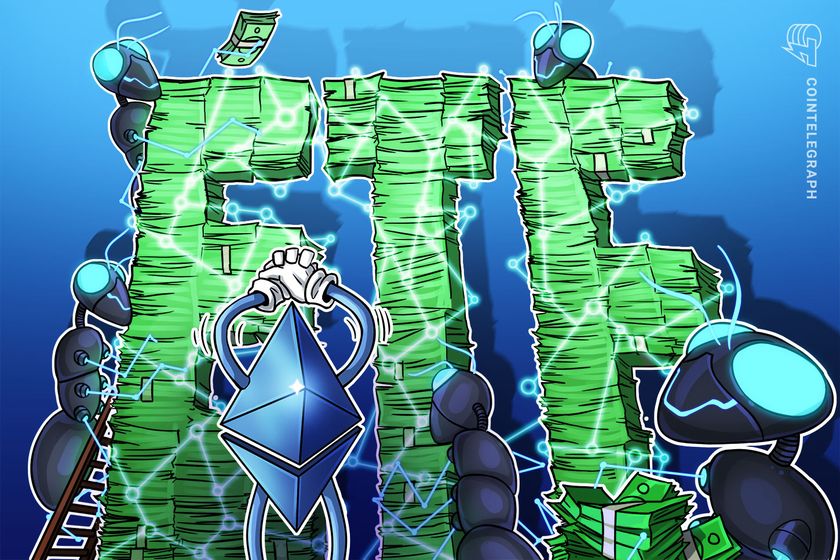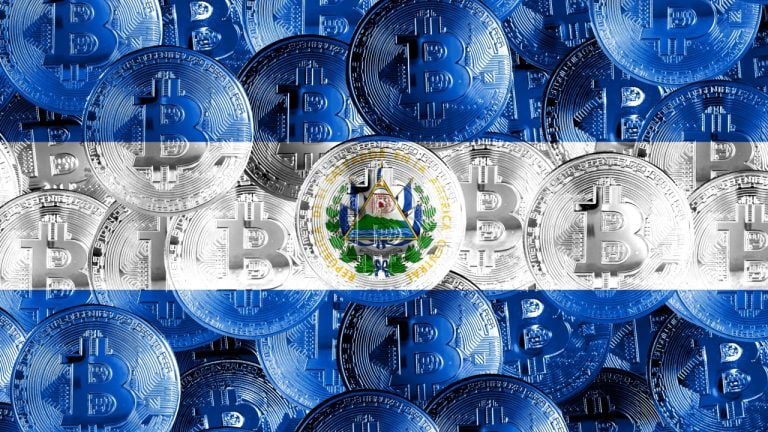Lightning Network node count hits record high, TVL tops $42M

Will Bitcoin’s premier layer-two solution finally graduate from experiment to everyday utility, following its adoption by major exchanges?
The Lightning Network has grown 75% in size over the past year, hitting a record high 8,900 nodes for the first time on Feb. 8, according to LN monitors at Bitcoin Visuals.
A significant proportion of the increase occurred more recently, suggesting that some Bitcoiners are gravitating toward the layer-two solution, potentially as a means of escaping ever-increasing transaction fees.
The total BTC locked in LN channels has remained in the 1,000 to 1,100 range since Aug. 2020 — however the total dollar value has risen 250% in the intervening months, translating to a record $42.72 million currently locked on the network.
The total number of channels between nodes currently stands at about 38,600, which is the highest since May 2019. This count does not represent channels between private nodes.
I’ve been using the lightning network for 2 years. I already use it for monthly payroll.
I’m still focused on economic inclusion, which requires decentralized unstoppable money, which requires a fee market.
Stoppable money with low fees gets… stopped.
— Andreas M. Antonopoulos (@aantonop) February 5, 2021
Three years after launch, the Lightning Network is still facing an uphill battle to on-board new participants, and is yet to achieve a meaningful level of adoption. Many regular users of Bitcoin are off-put by the technical requirements of funding a Lightning node and maintaining a channel, preferring to stick with on-chain transactions until the experience becomes less daunting.
However big exchanges have begun to adopt the network. In Dec. 2020, Kraken shared its plans to integrate the Lightning Network during the first half of 2021. OKEx made a similar announcement early last week and expects to roll out LN support “in the coming quarter.”
Bitfinex, which has offered fee-less conversions of LN funds for over a year, has taken the additional step of also supporting Liquid BTC, which is Blockstream’s competing smart contract-driven L2 solution. Both Lightning and Liquid BTC can readily be exchanged for BTC on-chain at Bitfinex.
As more exchanges onboard second layer based deposit and withdrawal options for BTC, inter-exchange fund transfers are predicted to become much faster and cheaper, with standard transaction fees being replaced with Lightning’s median base fee of 1 satoshi.
The Lightning Network was originally conceived by Joseph Poon and Thaddeus Dryja, who published their white paper on the subject in Jan. 2016. Recognizing the limitations of Bitcoin’s (then) 1MB block size cap, Poon and Dryja set out to create a way in which BTC transactions could be made off-chain. The result was an independent, smart contract-based network that has the potential to help Bitcoin scale to a much higher throughput of transactions per second.
You need to read what Ross Stevens, Executive Chairman of NYDIG, said to @michael_saylor yesterday about how he’s leveraging the #LightningNetwork, @ln_strike and @lightning. ⚡
It describes #Bitcoin‘s Chapter 2 in such a direct and incredible way. Buckle up. pic.twitter.com/SKujGKeGuG
— Ryan Gentry (@RyanTheGentry) February 5, 2021









